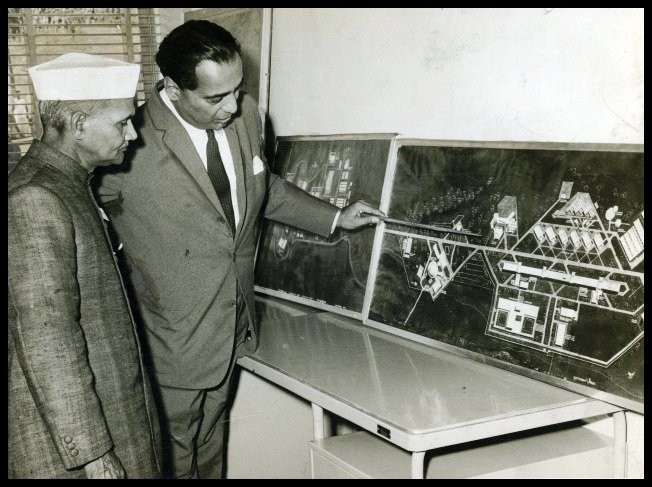
Dr. Homi J. Bhabha - Nuclear science and technology
Dr. Homi J. Bhabha was an Indian nuclear physicist who played a key role in the development of India's nuclear program. He was born in 1909 in Mumbai and went on to become one of the most influential scientists of the 20th century.
Bhabha studied at Cambridge University where he received a PhD in nuclear physics. He was interested in the application of nuclear science and technology to the advancement of society. He returned to India in 1939 and established the Tata Institute of Fundamental Research, which became a premier center for research in nuclear science and technology.
Bhabha's most significant contribution to nuclear science was his pioneering work on cosmic rays. He was the first to suggest that cosmic rays were composed of two types of particles, and this discovery was a major milestone in the understanding of the structure of the universe.
Bhabha also played a major role in the establishment of India's nuclear program. He was the architect of India's peaceful nuclear program and played a key role in the development of India's first nuclear power plant, which was established in Tarapur in 1969. Bhabha was also instrumental in establishing the Indian atomic energy commission, which played a key role in the development of India's nuclear program.
Bhabha was a strong advocate of using nuclear science and technology for peaceful purposes. He believed that nuclear energy had the potential to solve many of the world's energy problems and that it could be used to improve the standard of living for people all over the world.
Bhabha died in 1966 in a plane crash, but his legacy lives on. Today, India is one of the world's leading countries in the field of nuclear science and technology, and Bhabha is remembered as one of the pioneers of India's nuclear program.
In conclusion, Dr. Homi J. Bhabha was a visionary scientist who made significant contributions to the field of nuclear science and technology. His work laid the foundation for India's nuclear program and his legacy continues to inspire future generations of scientists and technologists.